Fehmarn is the third largest island in Germany and it’s located in a prime spot on the Baltic Sea with an abundance of sandy beaches. Despite this, it’s one of the most overlooked islands in the country. Not because people don’t go there – in fact, thousands of people do – but most often, they just drive through the island on their way to or from Denmark due to the ferry connection between Puttgarden on Fehmarn and Rødby on the Danish island of Lolland. For many Danes, Fehmarn is simply a gateway to more popular places further south. Very few people stop to explore the first place in Germany that they set foot in – well, except for shopping in the border shop which apparently is the world’s largest of its kind!
Well, last summer, I decided to travel to Fehmarn for Fehmarn – not to travel onwards to Denmark or to buy cheap sodas in the border shop, but to explore Germany’s third largest island beyond its main road.
I’d been feeling down for a few days after saying goodbye to my family who dropped me off in Lübeck on their way home to Denmark. Nature is always a cure for me when I’m feeling down so I was excited to get out to the island. I used some vouchers I had for Flixbus and booked busses that would allow me six hours to explore the island. However, the six hours became five as my bus from Lübeck was terribly late.
I arrived at the harbour in Puttgarden at noon and first walked to a viewpoint at the end of a pier to see a ferry disappear into the horizon on its way to Denmark. There were lots of people on the pier and on the beach beside it but I only heard German, no Danish. Apparently, Germans have discovered that Fehmarn is more than just a gateway island!


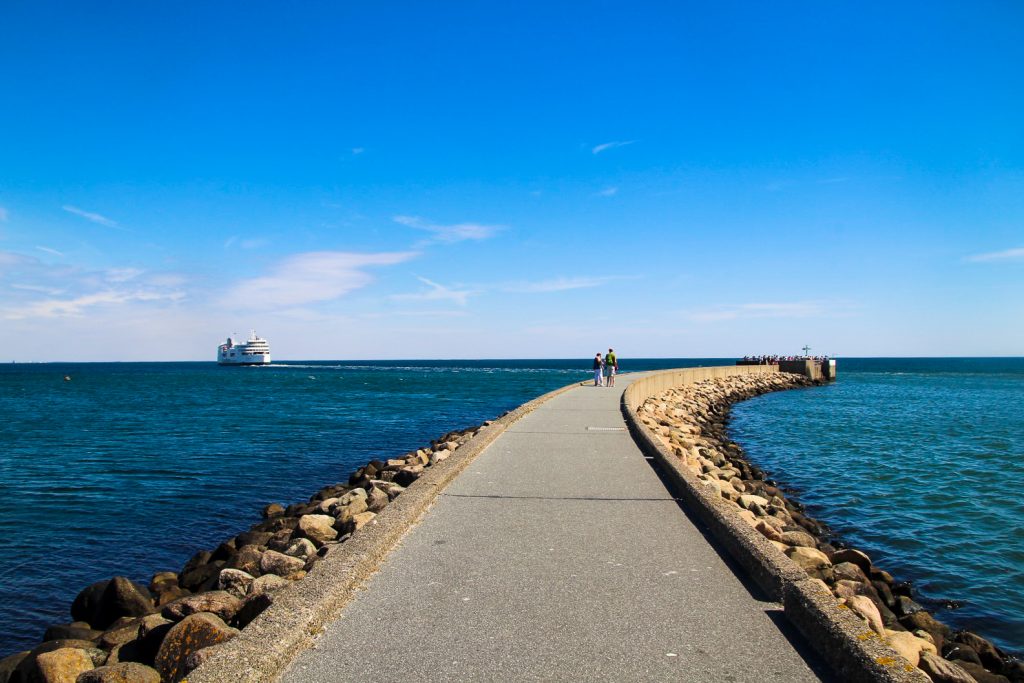
I’d mapped out a route of 17 km, starting and ending at the harbour in Puttgarden, which would give me a good taste of what Fehmarn has to offer, including long sandy beaches, meadows and tiny villages.
From the pier, I walked west on a path along the shore, following a sandy beach for several kilometres until I got to the nature reserve Grüner Brink. Lots of people were out enjoying the unusually hot summer weather. The beaches were full of people, and I was rarely alone on the path.

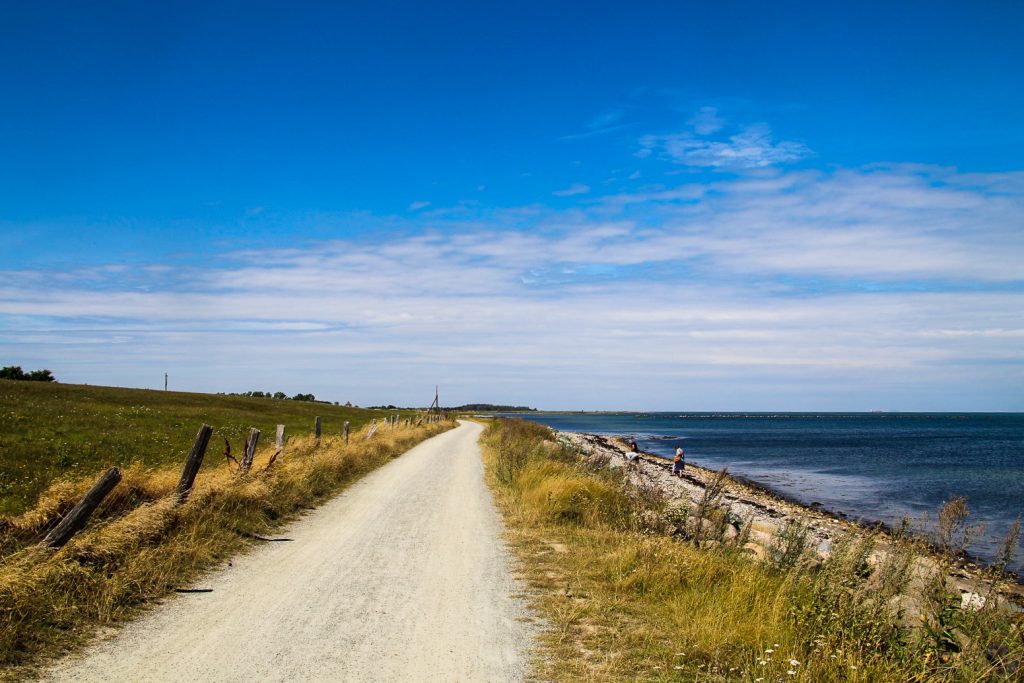
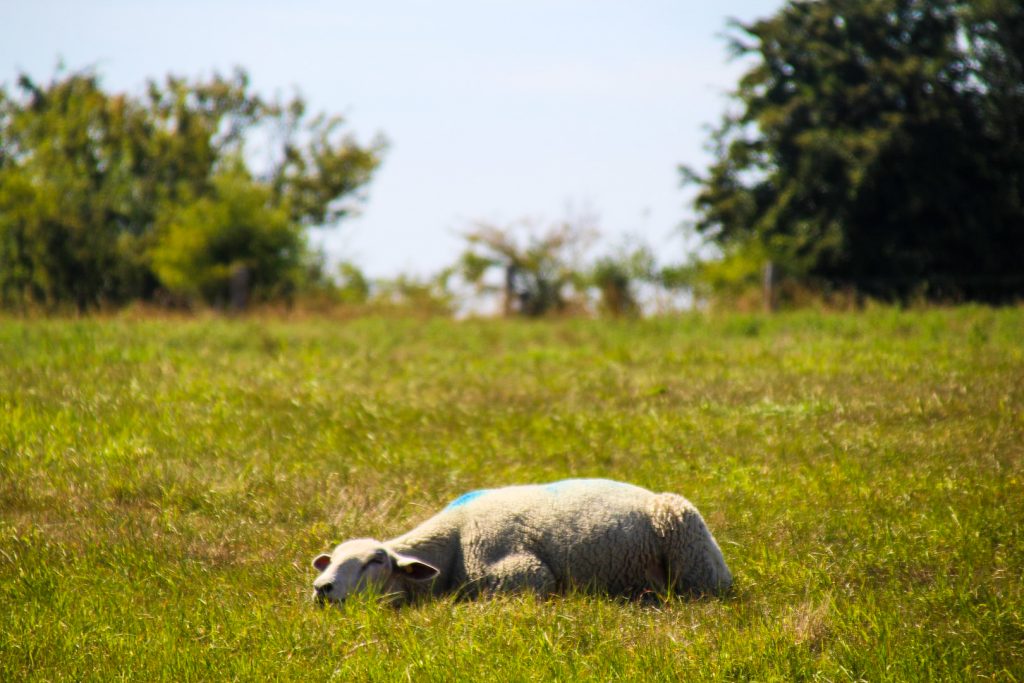
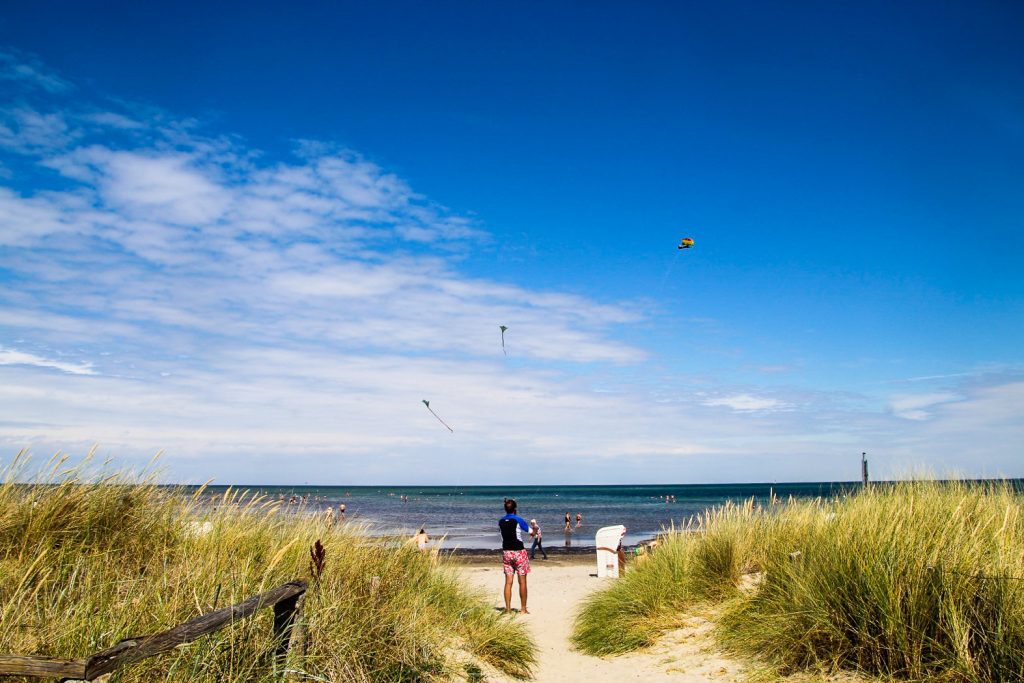
I continued along the three-kilometre path through Grüner Brink, which turned out to be a wonderful place to spot birds.
At the edge of the nature reserve, I came across a café which was much needed. I’d ran out of water and was terribly thirsty, so a coke zero was a lifesaver at that moment! I also found a vegan ice cream, something that unfortunately is very rare in Germany. I enjoyed my snacks as I headed inland on a path towards the village of Gammendorf.
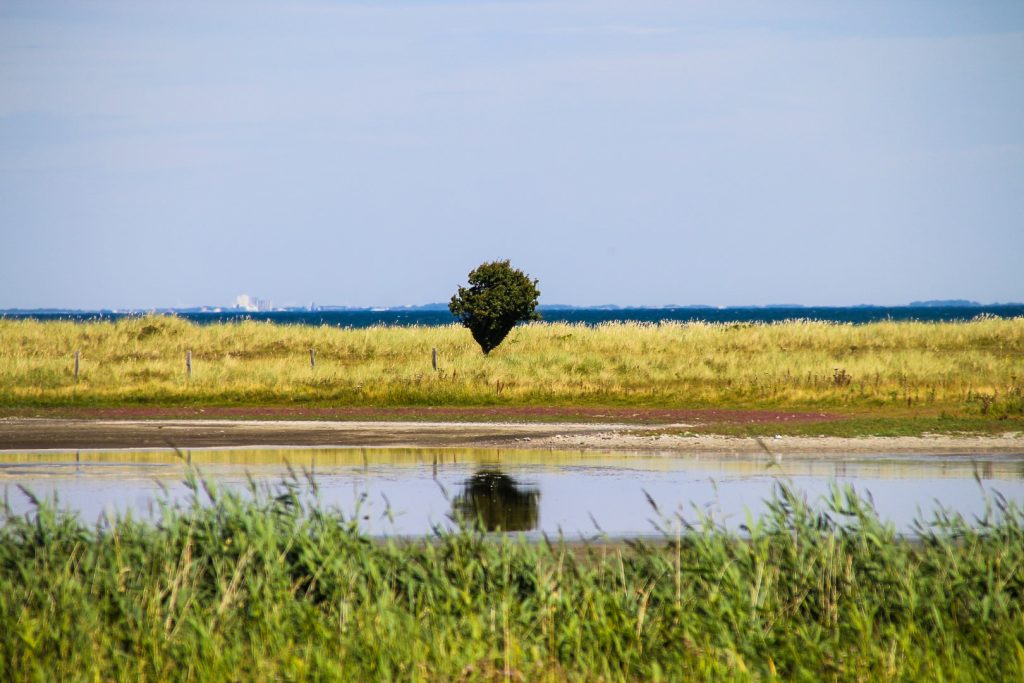

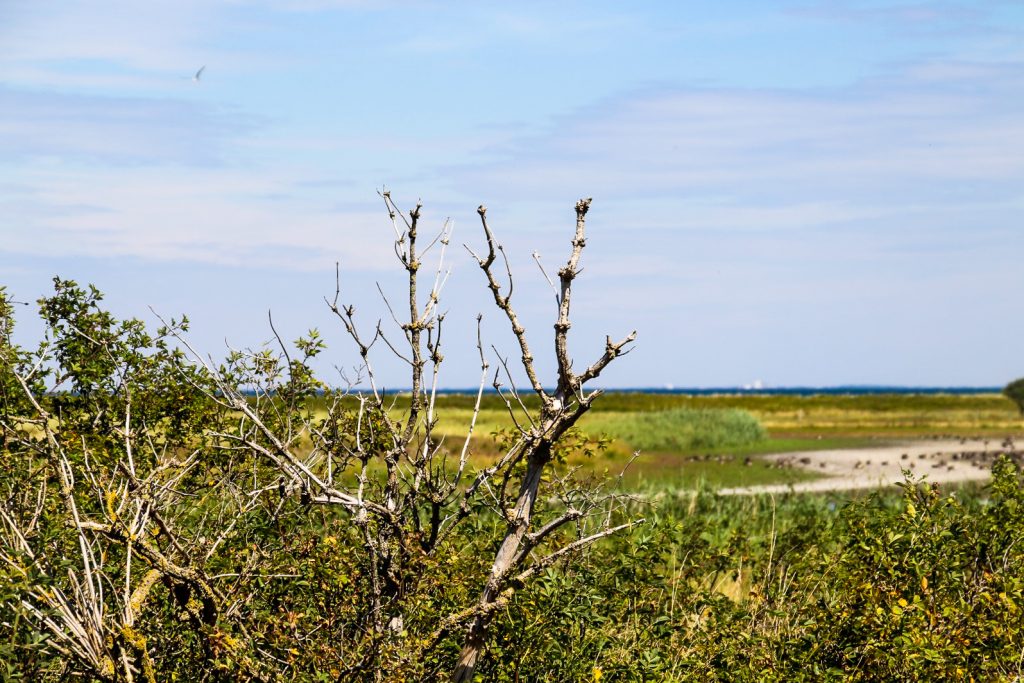

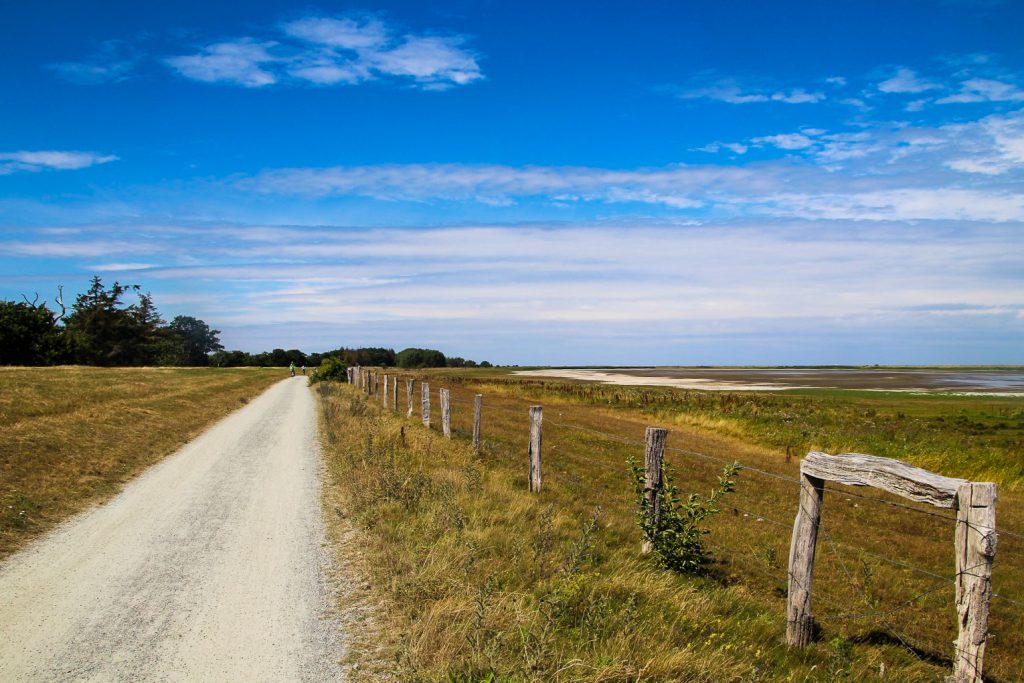
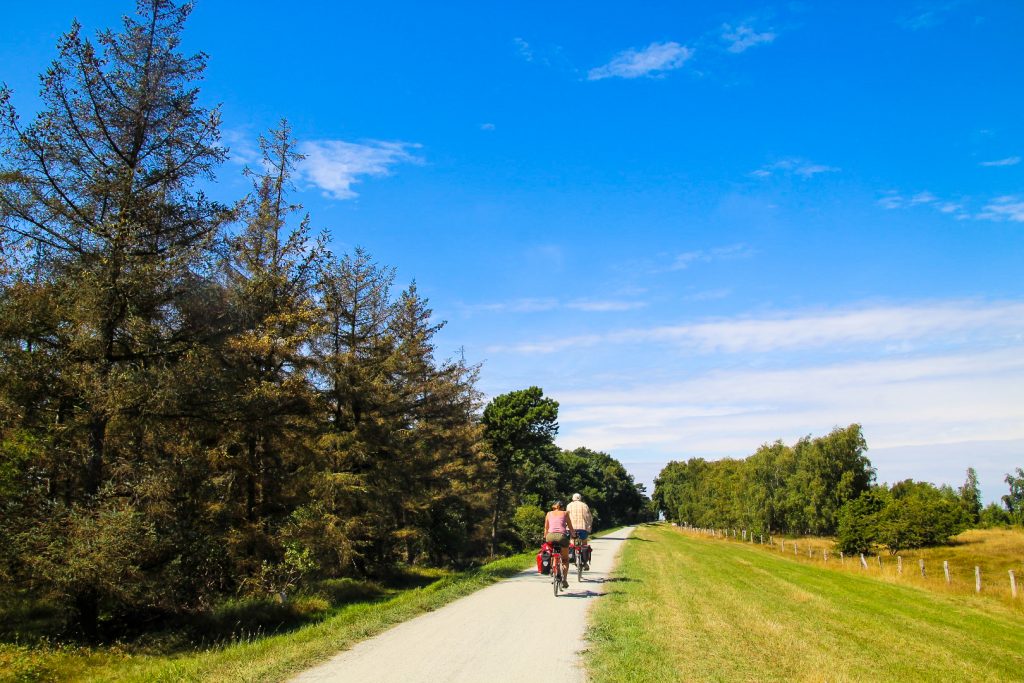
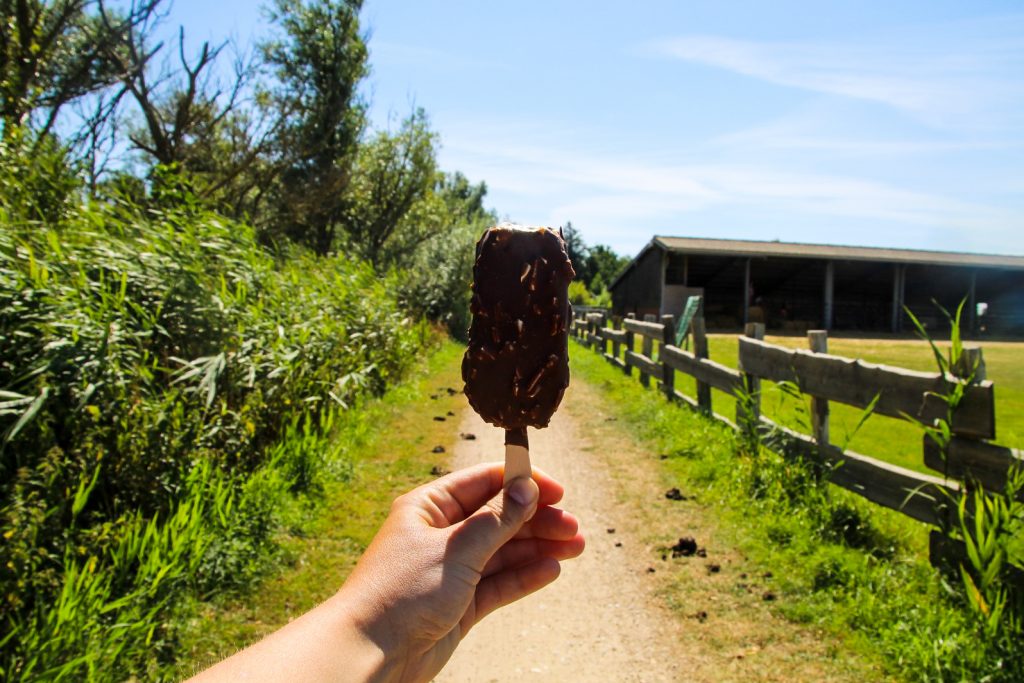
Not once did I have to leave the path to walk on the road, in fact Fehmarn has an extensive network of paths for hikers and cyclists and many of them follow the main roads between the villages. It was enjoyable walking without a care in the world, music in my ears and the occasional group of cows on the fields beside me.
A few kilometers after I’d left the ocean behind, I reached Gammendorf, a tiny village with a few modern houses neighbouring historical farms. A beautiful mix of new and old.
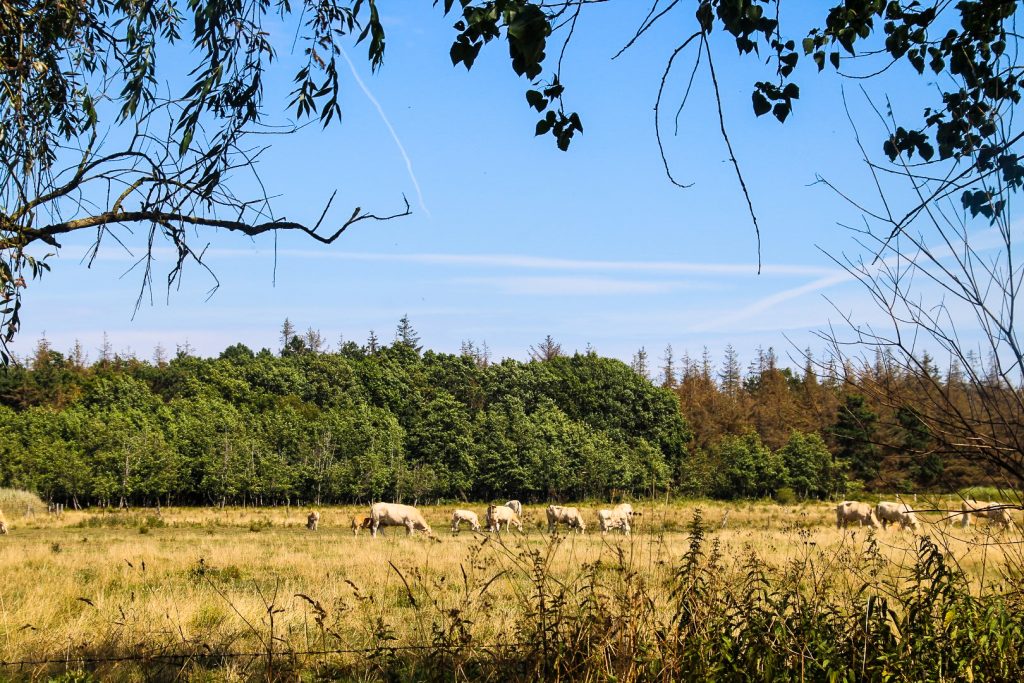
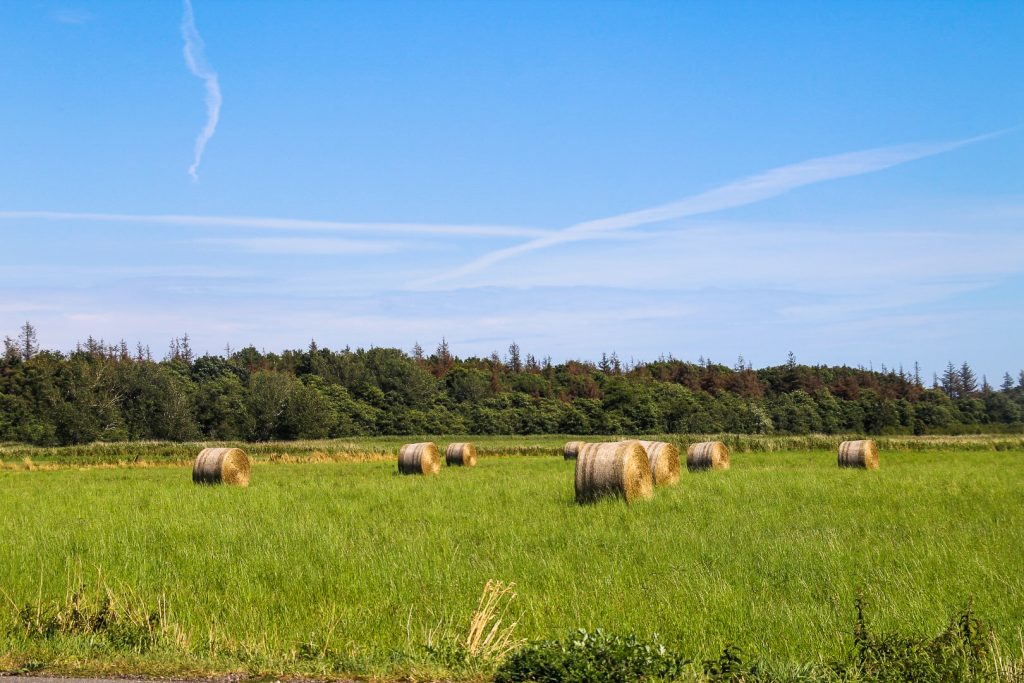
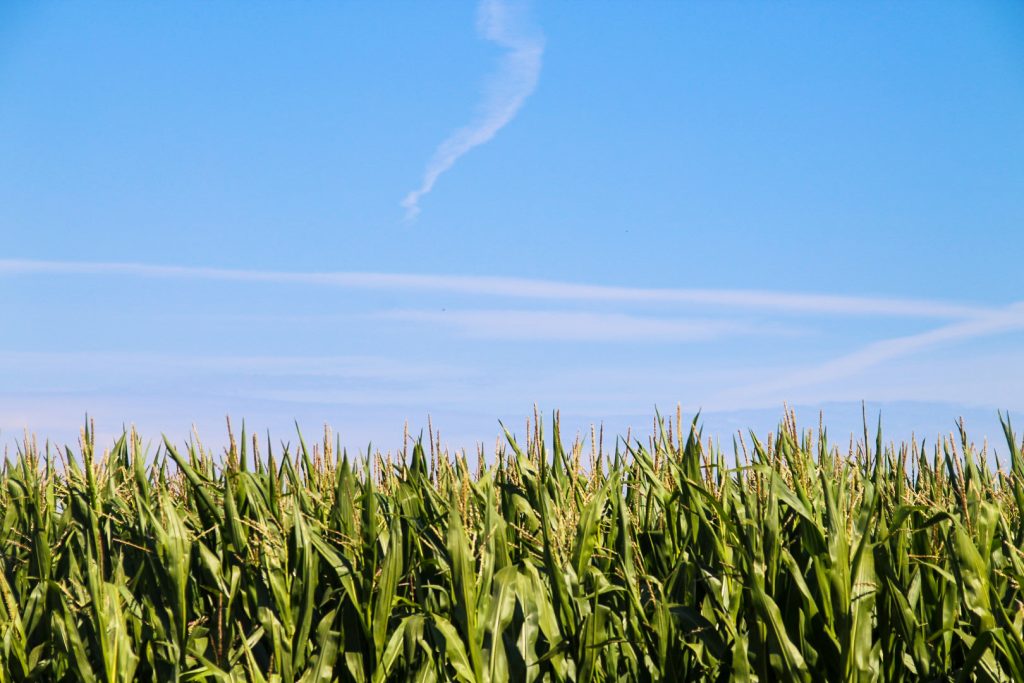
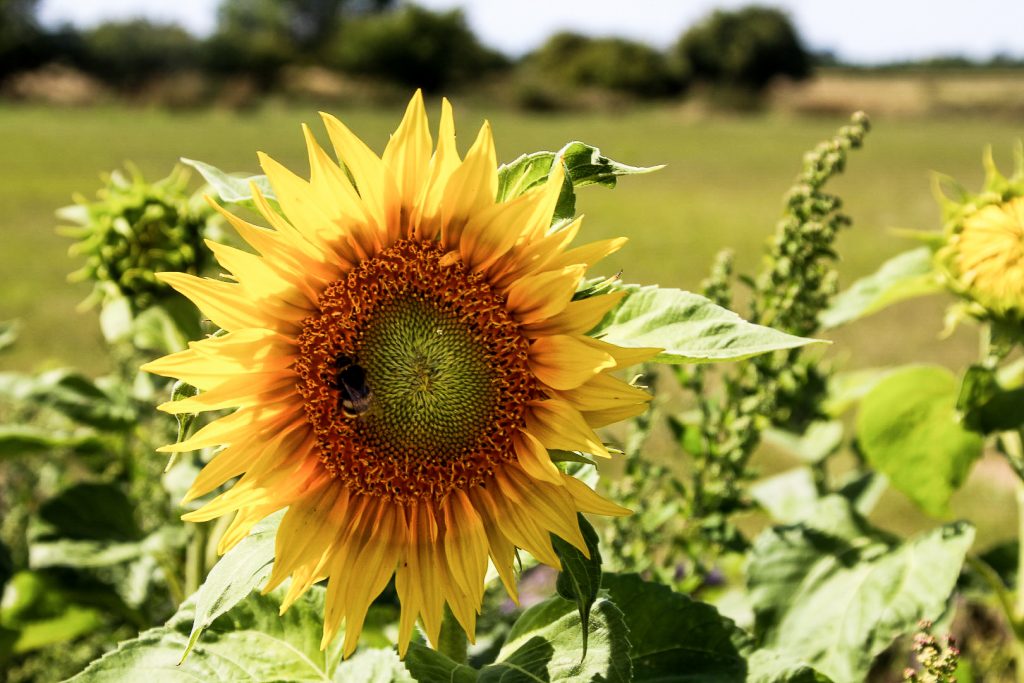
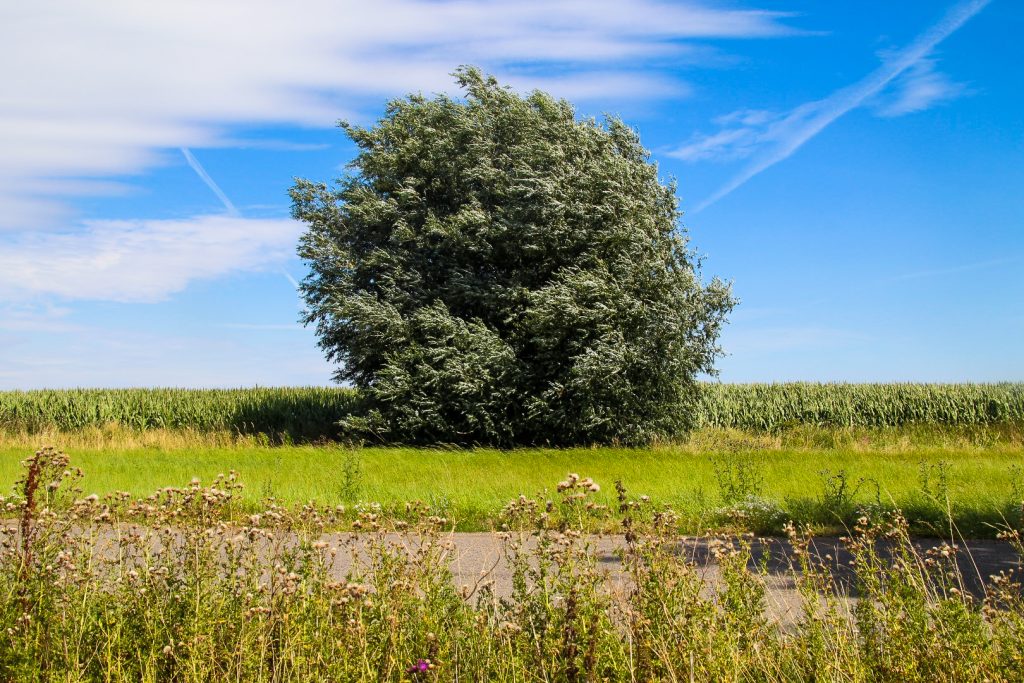
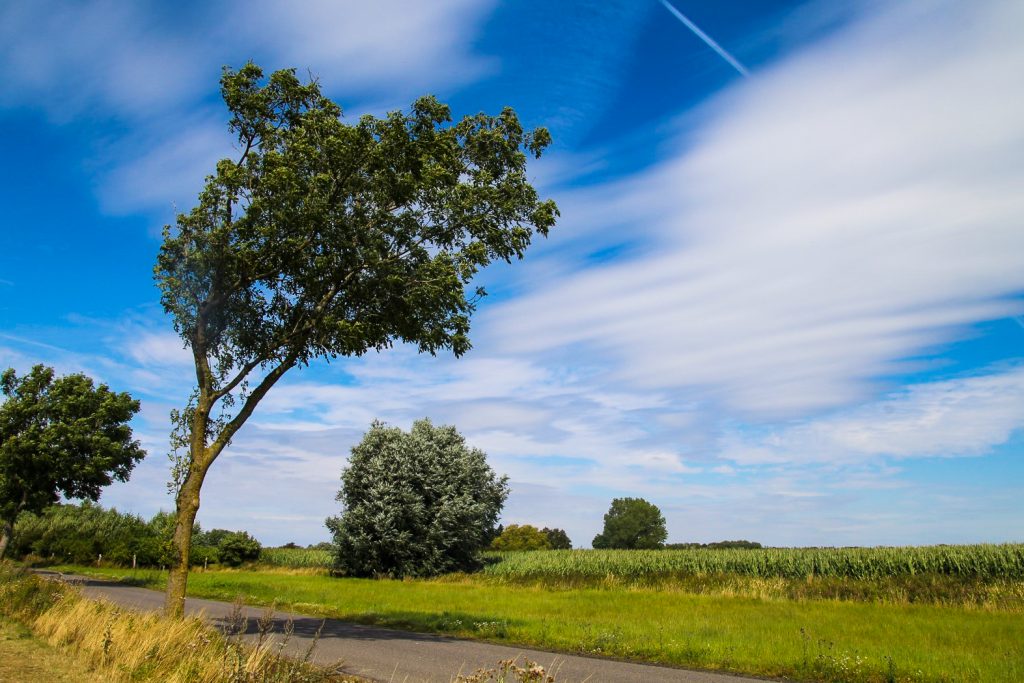
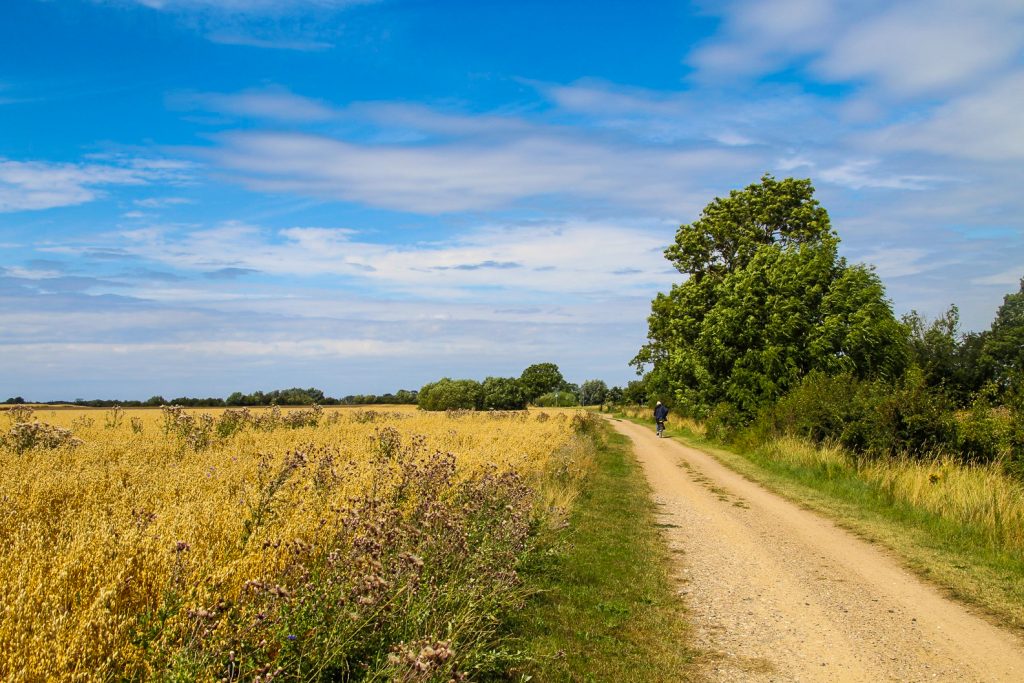
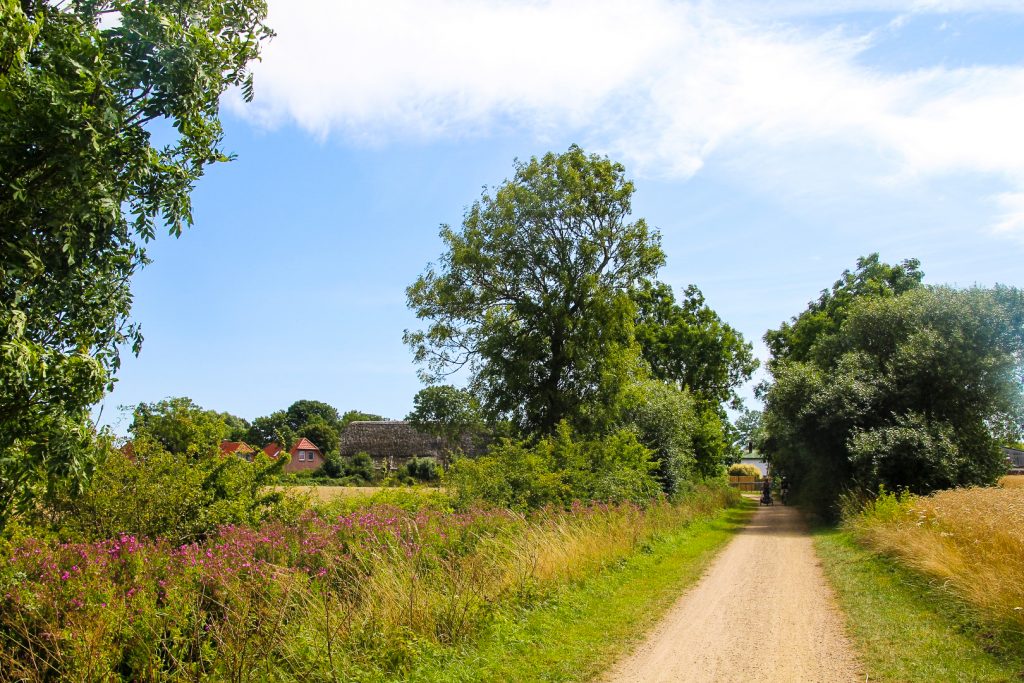
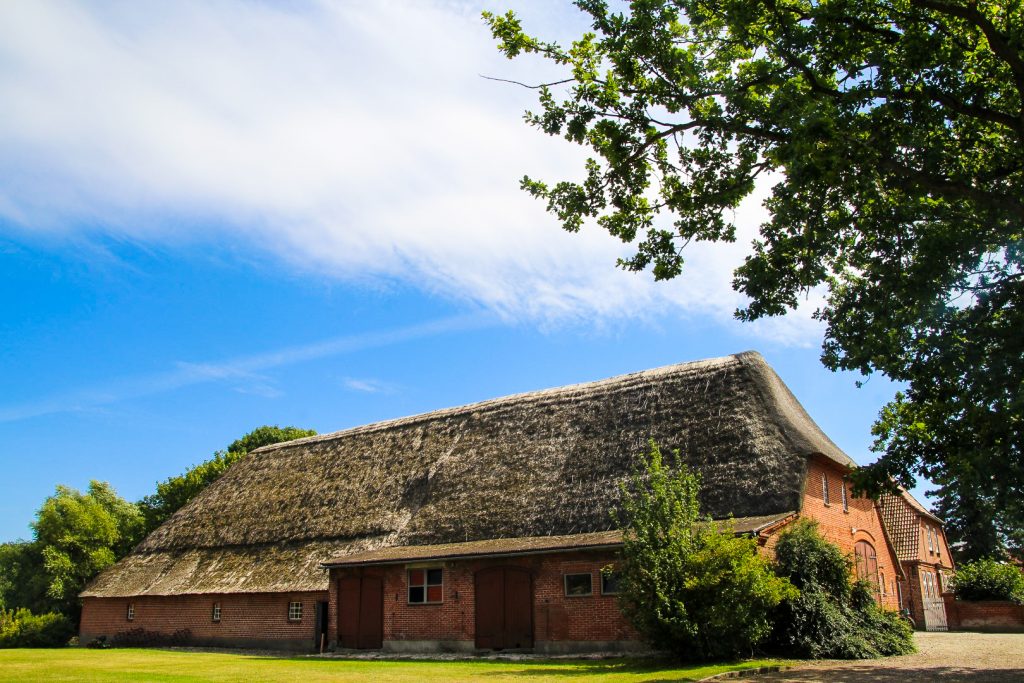
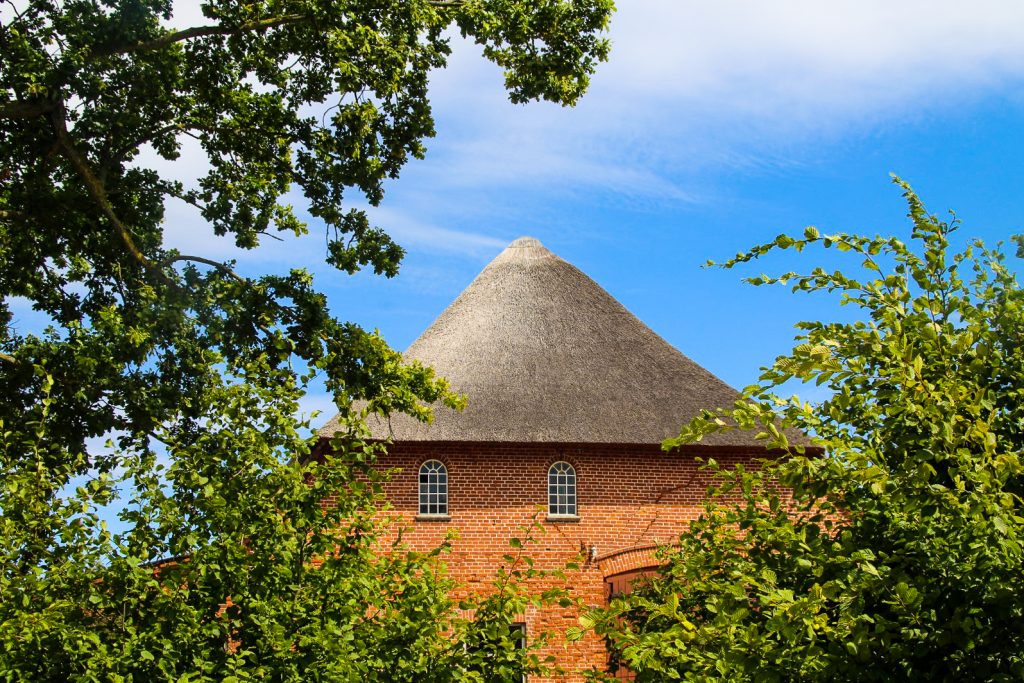
From Gammendorf, I started walking east again towards Puttgarden, which was still over 5 km away. I walked along a beautiful path that took me through the rural farms of the settlements of Poggensiek and Johannisberg (which btw is a huuuge contrast to its sister city in South Africa!).
This section was particularly beautiful since there were so many different coloured wild flowers at the edges of the fields! I would walk a few meters, stop to take pictures, walk another few meters, stop to take pictures, repeat. I absolutely love wild flowers – they have this magic ability to always brighten my mood.
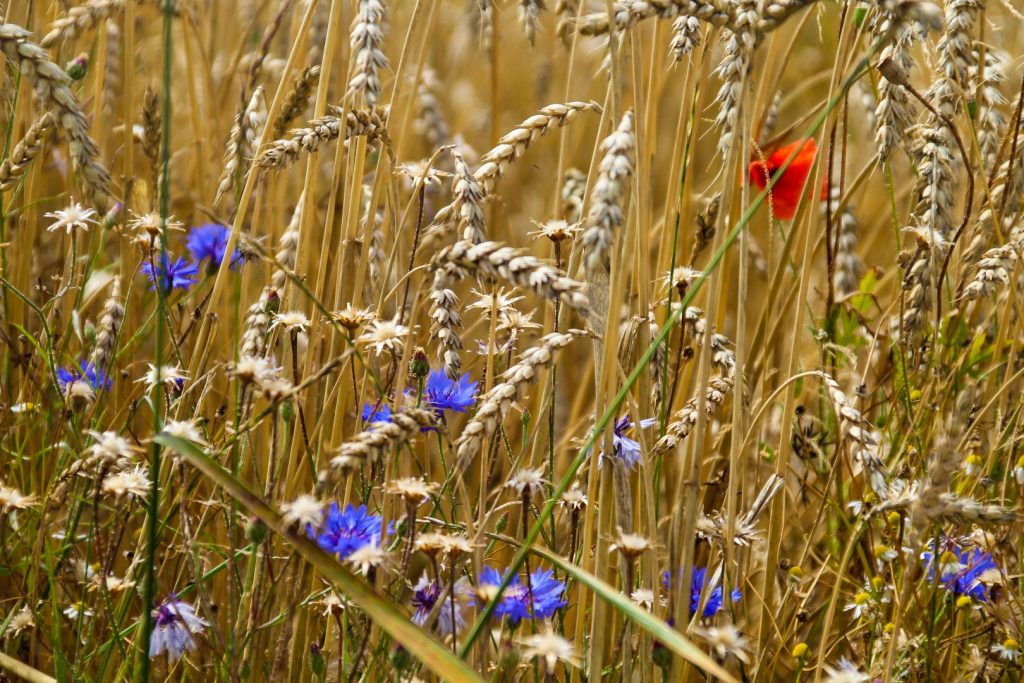

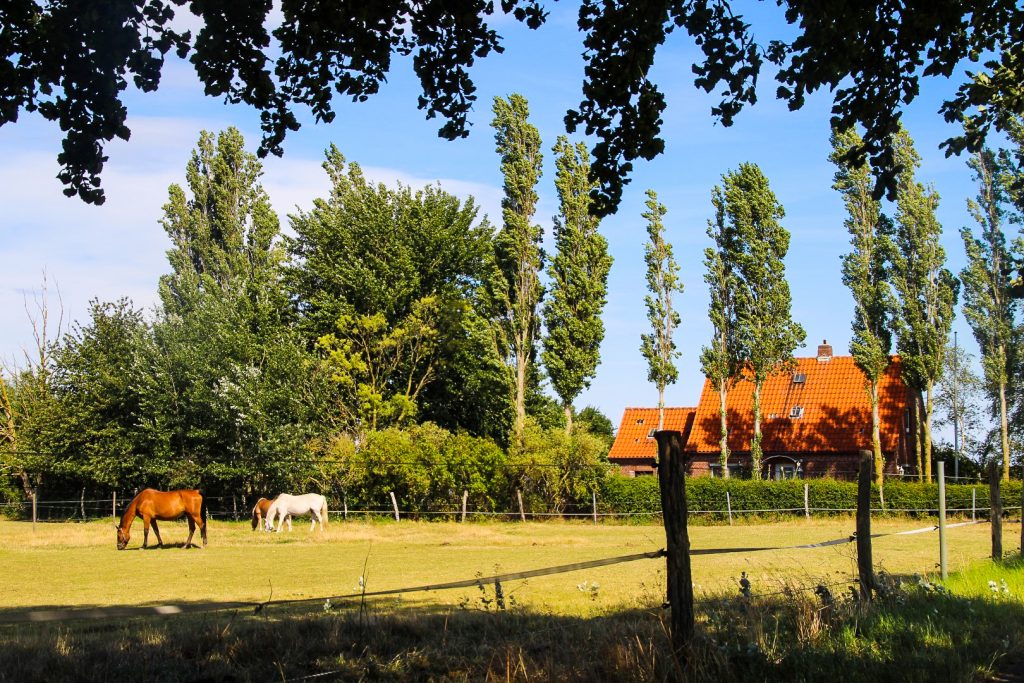
Eventually, I made it to the village of Puttgarden which is a lot smaller than I’d imagined. I’ve known of the place my entire life due to its connection to Denmark, but it’s literally only known because of its harbour and proximity to Denmark. The village itself is tiny and rarely visited, but I enjoyed a stroll through its quaint streets before returning to the harbour.
There, I had to make a quick visit to the border shop – something I was hoping to avoid – as I was dying of thirst again and there was nothing else open in the area. But it was nowhere near as crowded as the Danish/German border shops usually are (thanks, corona!), so I was in and out in a flash!
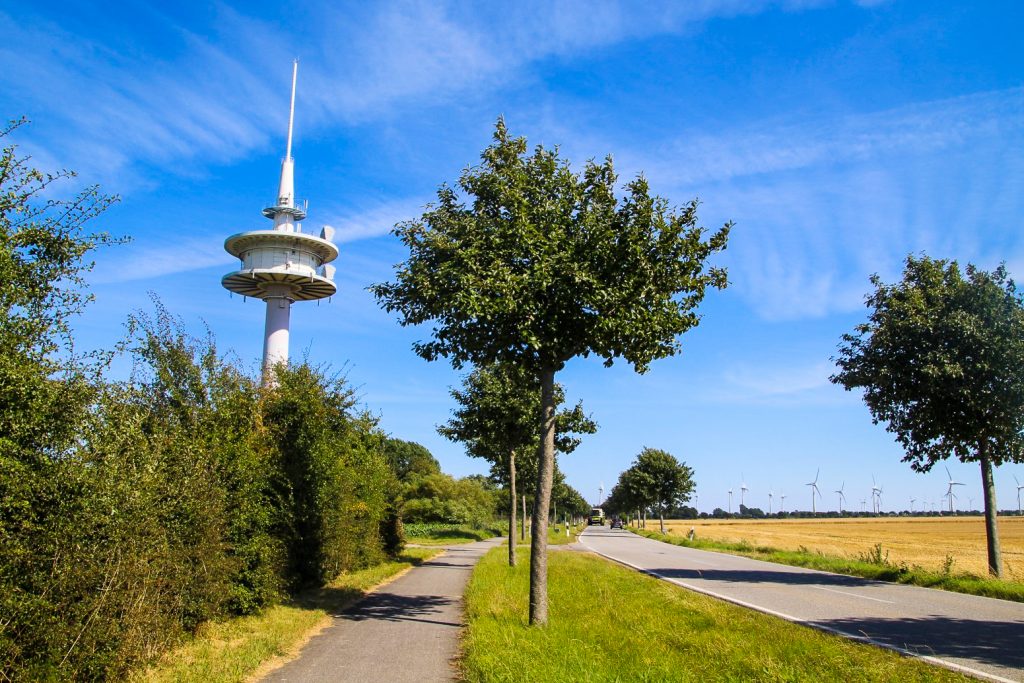


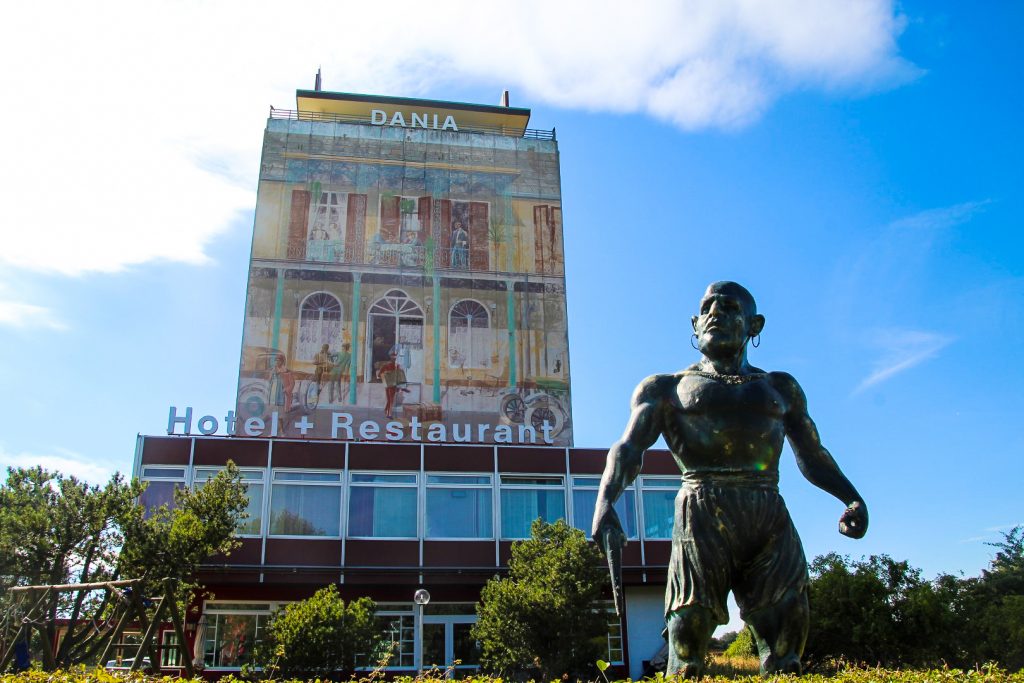
I ended up walking 17 km through beaches, meadows and rural countryside, something that I could definitely feel in my sore legs afterwards! But it had been wonderful. I really enjoyed my day on Fehmarn, it was a blessing to be back in nature, and it really lifted my spirit after two days of feeling down.
Fast forward four months, and I spontaneously decided to settle for a while on Lolland. I live in Rødby now, so I can look back at Fehmarn across the ocean whenever I want to. I can’t wait for the current Covid-19 travel restrictions to end so I can catch the ferry and revisit Fehmarn!
If you ever find yourself travelling from Rødby to Puttgarden, do stop to explore Fehmarn even if just a little. It’s the perfect place to go off-grid for a while, to relax on some of Germany’s best beaches and to enjoy some of Germany’s wonderful countryside.
Hiking route description: 17 km around northeast Fehmarn
The hike begins and ends at the bus station by the harbour in Puttgarden. Walk over the walkway to your left (when looking at the ocean) and cut across the large parking lot, going towards the ocean. You’ll see a path to your left going along the beach.
Walk along this path for several kilometres, going past the Grüner Brink nature reserve. Just past the nature reserve, you’ll meet a road to your left going south. Follow the path beside the road to the village of Gammendorf. There’s a café at the beginning of the road if you need to stock up on snacks.
Once you get to Gammendorf, turn right along Ton Strand, then right again along Siedendörp. Follow the road around the corner and then turn left along Hohendörp. Follow the road around and take the fourth left onto a path that follows the road towards the village of Johannisberg. Follow the path through the village and continue straight ahead until you reach Puttgarden.
Follow the main road, Bürgermeister-Landt-Straße, through the village and follow the road to the right towards Hotel Dania. Continue straight ahead under the highway and then turn left on Fährhafenstraße which will lead you back to the bus station.
The hike is 17 km, takes 4-5 hours and is fully paved and easy with no hills whatsoever.
Leave a Comment
Pingback: My May-June 2022: Around Denmark, Germany and a slice of the Czech Republic – Northtrotter on 30/01/2021
Pingback: Over the sound to Burg: A summer return to Fehmarn – Northtrotter on 30/01/2021
2 COMMENTS